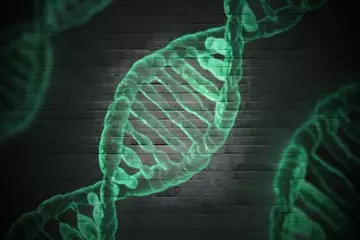What is Toxic Epidermal Necrolysis?
Toxic epidermal necrosis (TEN) is a rare and lethal immunological disorder, which occurs due to the administration of certain drugs or due to infections in which the skin starts peeling. It can affect individuals of all age groups, but older adults and individuals with weakened immunity are at a higher risk. Also, TEN is seen more commonly seen in women than men. Immediate medical attention is needed to manage this condition.
What are the main signs and symptoms?
The symptoms of TEN can be classified as
Early Symptoms
Late Symptoms
- Purple or red rash on the body including the face
- Swelling of the face and tongue
- Blisters around the mouth, eyes, and vaginal area
- Burnt appearance of the skin due to shedding
What are the main causes?
The drugs that are most commonly responsible for TEN are
- Sulphonamides
- Allopurinol
- Non-steroidal anti-inflammatory drugs
- Anti-epileptic drugs, such as phenytoin, lamotrigine, and carbamazepine
Other diseases, such as human immunodeficiency virus (HIV) and herpes simplex, may also lead to TEN.
How is it diagnosed and treated?
The physical examination of the individual is the first step in the diagnosis of TEN. To rule out the possibility of Stevens-Johnson syndrome (SJS), the percentage of body area exhibiting skin detachment is checked. If it is more than 30% of the body surface area, SJS is ruled out. A skin biopsy and histopathologic studies of the skin are performed to confirm the clinical diagnosis.
The immediate step in the management of the condition involves discontinuation of the recently prescribed medications. Other management measures include
- Supportive care from experts
- Non-sticky burn dressings to the affected area
- Pain-relieving medications
- Intravenous antibiotics to prevent infections
- Intravenous immunoglobulins to stop the cytotoxic process
- Topical emollient creams.
















